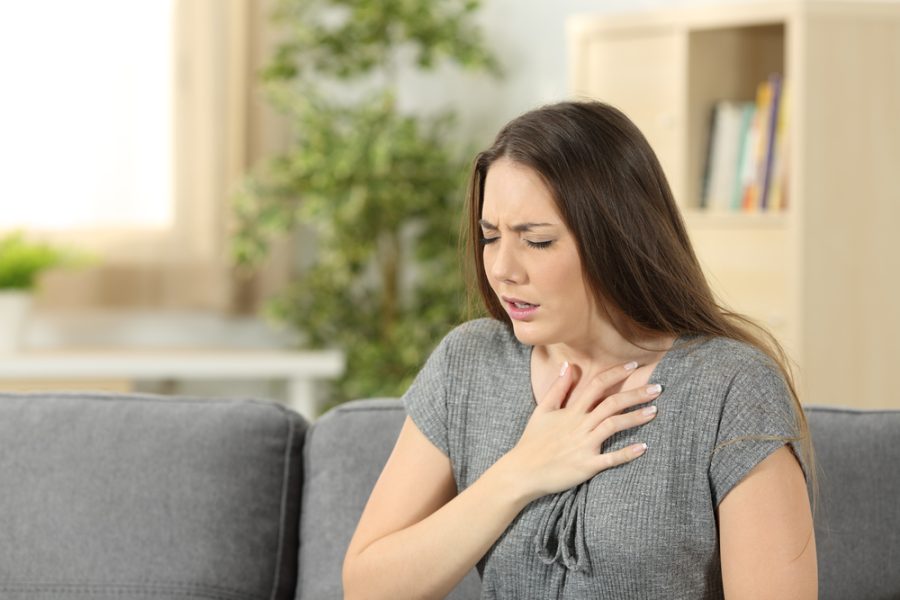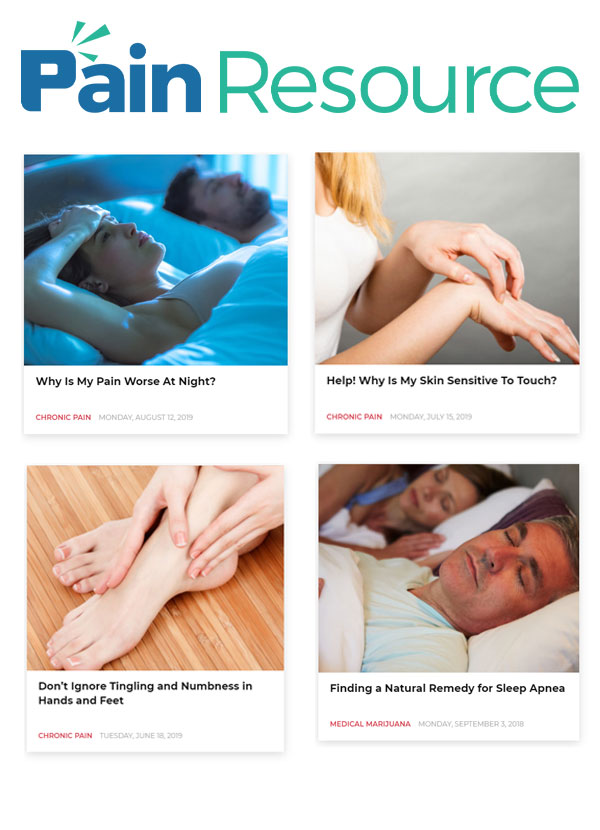
Many people struggle to differentiate the symptoms of a panic attack vs. anxiety attack. For some, the symptoms are so close that they aren’t sure what they are experiencing.
Here, we’re going to outline all of the major differences of a panic attack vs. anxiety attack so that you can understand what you’re feeling and get the mental health treatment you might need.
Table of Contents
What Is an Anxiety Attack?

The fifth edition of the Diagnostic and Statistical Manual (DSM-V) doesn’t actually define anxiety attacks as a specific disorder. Instead, the symptoms of an anxiety attack might be part of an anxiety disorder instead.
Anxiety attacks are usually sudden, high bursts of severe anxiety symptoms. The intense feelings show the ups and downs people with anxiety experience on a near-daily basis.
Symptoms of Anxiety
There are many different symptoms of anxiety, and not all of them guarantee an anxiety disorder. For anxiety to become a disorder, these symptoms must be chronic and impact your ability to function in daily life. But here are some common signs to look out for:
- Persistent and severe worrying
- Changes in sleep patterns
- Stomach aches
- Loss of appetite
- Rapid heartbeat
- Use of drugs or alcohol to cope with uncomfortable feelings
If you feel that you experience any or all of these symptoms regularly and that they interfere with your ability to live a healthy and happy life, you might have an anxiety disorder.
Types of Anxiety Disorders
Mental health professionals will be able to assess you to see if you meet the criteria for an anxiety disorder diagnosis. Usually, anxiety disorders are chronic conditions, meaning that they’ve been affecting you for a long period of time with not much relief.
Types of anxiety disorders include:
- Generalized anxiety disorder (GAD)
- Agoraphobia: the fear of leaving a familiar environment, such as your home, because of discomfort in other situations
- Social anxiety disorder
- Panic disorders
What Is A Panic Attack?
A panic attack is a common consequence of anxiety and anxiety disorders. And while there are certainly similarities, there are important differences in a panic attack vs. anxiety attack. There are key characteristics that define panic attacks as something different than the heightened, but otherwise normal, symptoms of an anxiety attack. Daily anxiety, though persistent, is typically less severe or intrusive than a sudden panic attack.
As the name suggests, panic attacks are sudden, disruptive responses to stress and/or triggers from traumatic events. The symptoms of a panic attack usually last up to 20 minutes but can be either shorter or longer depending on the situation.
The feelings of a panic attack are intense. Panic attack symptoms can be both emotional and physical.
Symptoms of Panic Attack

Having panic attacks and anxiety causes your body to go into a fight or flight response. This means that you cannot think clearly or rationally. Instead, you resort to two basic survival responses: either putting your defenses up as a way to survive (fight response) or fleeing a situation out of intense fear (flight response).
The physical symptoms from a panic attack might include:
- Shortness of breath
- Chest pains, akin to those of a heart attack
- Sweating
- Inability to take deep breaths
- Stomach aches and nausea
- Dizziness
All of these symptoms are intense and uncomfortable, and if you do not know what it is that your body is experiencing, you might feel that this is a life-or-death situation because of that fight or flight response. You might even think that you are having a heart attack because of the way your body is trying to respond to the high levels of panic.
It’s important that you always check in with a doctor when you experience these symptoms, but know that they could also be coming from untreated anxiety and very intense panic attacks.
Remember, too, that panic attacks can happen to anyone. Some people might never experience a panic attack in their lifetime and feelings of anxiety are short lived. Others have chronic anxiety and panic attacks. If you’re experiencing panic attacks with any degree of frequency, say more than once a year, you may have an anxiety disorder.
Panic Disorder
In chronic or long-lasting cases, multiple panic attacks can be an indication of a panic disorder. If you meet the diagnostic criteria for a panic disorder, that usually means that you have high levels of anxiety and you’ve survived multiple intense panic attacks.
Understanding your symptoms and reporting them to your mental health care team is incredibly important in getting the treatment you need.
What Should I Do During a Panic Attack?
One of the most important elements to getting through a panic attack is to use coping mechanisms to stay as calm as possible—even though your body is responding to the panic with really intense feelings and physical symptoms.
If you have a panic disorder or you can sense a panic attack coming on, you might be able to put yourself in a safe location or even use the help of friends and family members during the attack.
Unfortunately, many panic attacks occur without notice. In any situation, be sure to follow the medical advice of your health care team. Here are some common ways to stop or ease the symptoms of a panic attack:
- Breathe deeply and evenly
- Try to practice mindfulness techniques
- Find a quiet and safe environment
- Remind yourself that you will get through this
- Find medical help when necessary
How to Get Help for Anxiety and Panic Attacks
Anxiety and panic attacks can be incredibly disruptive to your ability to live a happy and healthy life. When these conditions go untreated, many people turn to harmful coping strategies that mask the pain. If you find yourself using drugs or alcohol to deal with mental health conditions and you aren’t sure what else to do, know that we are here to help.
At The Blackberry Center in St. Cloud, Florida, we believe that addressing your emotional, mental, and physical health is so important to finding relief from mental health and substance use disorders.
For more information on how we can help you, give us a call at 1-888-512-9802 or fill out our online confidential form today.
The post Panic Attack vs. Anxiety Attack: What’s the Difference? appeared first on The Blackberry Center of Central Florida.
Source
Original Author: The Blackberry Center

